Experience: Mauthausen
|
|
|
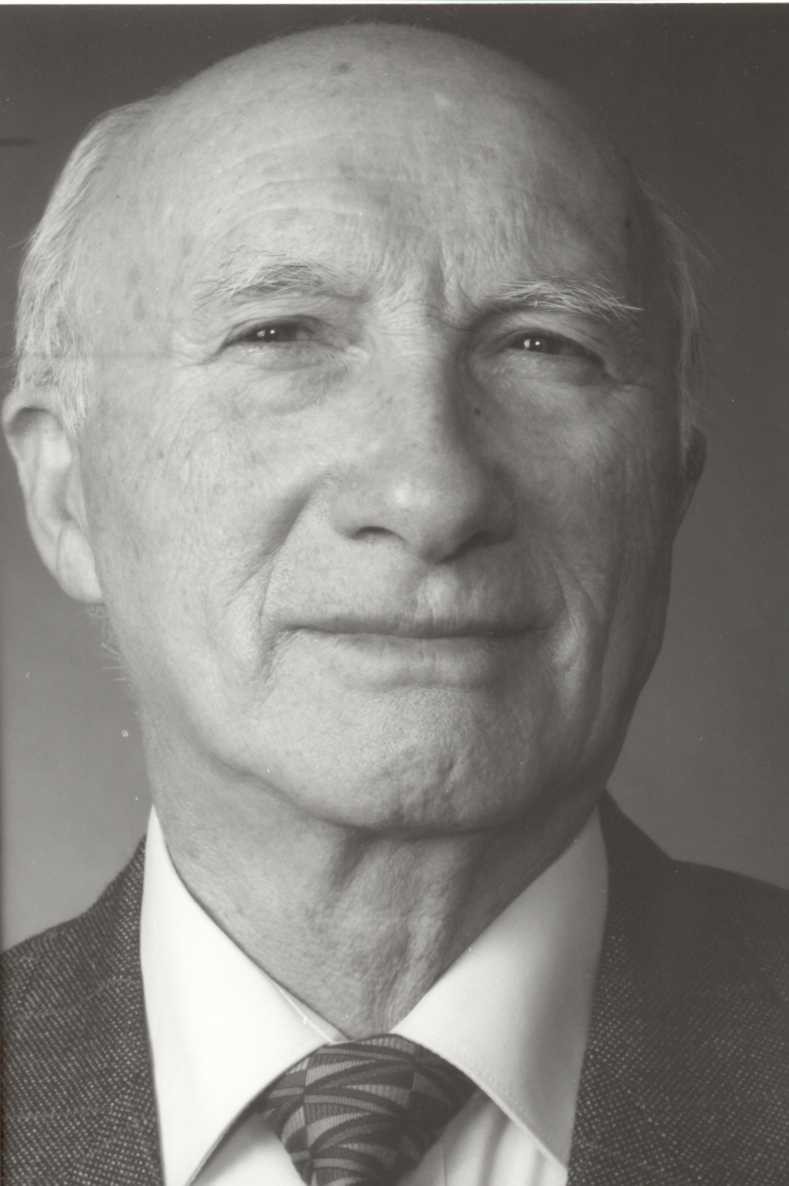
|

|
|
|
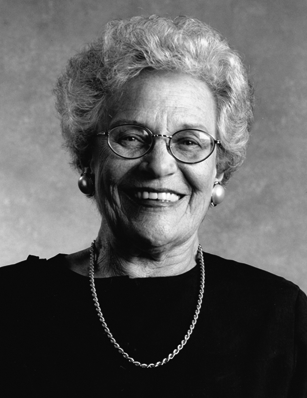
|
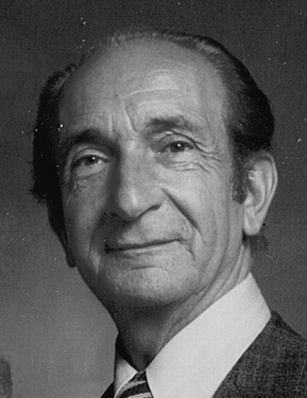
|
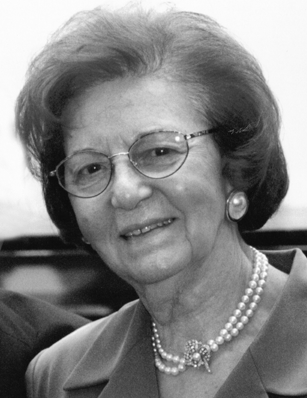
|
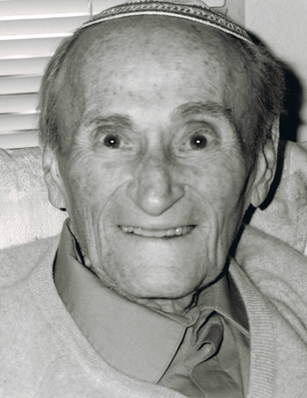
|

|

|
|
|
|
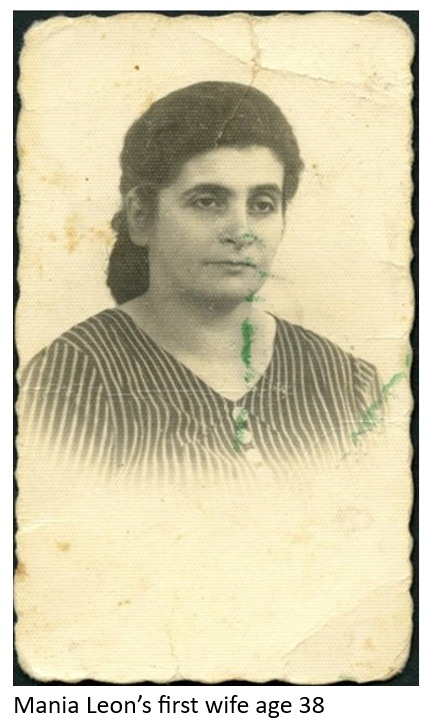
|
|
|
|
|
|
|
|
|
|
|
|
|
|
|
|
|
|
|
|
|
|
|
|
|
|
|
|
|
|
|
|
|
|
|
|
|
|
|
|
|
|
|

|
“Nazi Germany incorporated Austria in the Anschluss of March 11-13, 1938. Shortly thereafter, Reichsführer-SS (SS chief) Heinrich Himmler, SS General Oswald Pohl, the chief of the SS Administration and Business Offices, and SS General Theodor Eicke, the Inspector of Concentration Camps, inspected a site they thought suitable for the establishment of a concentration camp to incarcerate, as Upper Austrian Nazi Party district leader August Eigruber put it, “traitors to the people from all over Austria.” The site was on the bank of the Danube River, near the “Wiener Graben” stone quarry, which was owned by the city of Vienna. It was located about three miles from the town of Mauthausen in Upper Austria, 12.5 miles southeast of Linz.
“At the end of April 1938, the SS founded a company, German Earth and Stone Works Inc. (Deutsche Erd- und Steinwerke, GmbH-DESt), to exploit the granite which they intended to extract with concentration camp labor. In August 1938, the Inspectorate of Concentration Camps transferred approximately 300 prisoners, mostly Austrians and virtually all convicted repeat offenders or persons whom the Nazi regime classified as “asocials” from Dachau concentration camp to the Mauthausen site in order to begin construction of the new camp. By the end of 1938, Mauthausen held nearly 1,000 prisoners, still virtually all convicted criminals and asocials. Three months into World War II in December 1939, the number had increased to over 2,600 prisoners, primarily convicted criminals, "asocials," political opponents, and religious conscientious objectors, such as Jehovah's Witnesses.
“An estimated 197,464 prisoners passed through the Mauthausen camp system between August 1938 and May 1945. At least 95,000 died there. More than 14,000 were Jewish.
SS STAFF AND SS GUARD DETACHMENT
“Mauthausen's first commandant was SS Captain Albert Sauer, who presided over the establishment of the camp on August 1, 1938, and remained commandant until February 17, 1939. SS Colonel Franz Ziereis replaced Sauer and remained the commandant of Mauthausen until May 1945.
“After March 1940, SS Captain Georg Bachmayer was 1st Protective Detention Camp commandant, with responsibility for the prisoners while they were inside the camp. In 1938-1939, the 4th Regiment ("Ostmark") of the SS Death's-Head Units (SS-Totenkopfverbände) guarded the perimeter of the Mauthausen concentration camp as well as prisoner work detachments deployed outside the camp. In 1940-1941, the guard unit, renamed SS Death's-Head Battalion (SS-Totenkopf-Sturmbann) and upgraded in strength to battalion size, was administratively subordinated to the Waffen SS, though the camp commandant still issued all operational orders to the battalion.
“Beginning in 1942, the SS authorities deployed an increasing number of ethnic German Waffen SS recruits from Slovakia, Romania, Hungary, and Croatia to serve in the Death's-Head Battalions at all concentration camps, including Mauthausen. In 1944 and 1945, Trawniki-trained guards (some of them veterans of Operation Reinhard deportation operations or killing centers), air force, and naval as well as other military personnel, and, later, municipal police (Schutzpolizei) personnel and firefighters, served in the SS Death's-Head Battalion at Mauthausen and its subcamps.
“After the Nazi regime initiated World War II, the number of prisoners arriving in Mauthausen increased dramatically and broadened in diversity. After the fall of France in June 1940, Vichy French authorities turned over to the German SS and police thousands of Spanish refugees, virtually all of whom had fought against General Francisco Franco's rebel troops during the Spanish Civil War, and who had fled to France after Franco overthrew the Spanish Republic in 1939. The SS and police incarcerated the overwhelming majority of the Spanish Republicans, more than 7,000, in Mauthausen in 1940 and 1941; individual members of the anti-Franco forces continued to trickle into the camp until the last weeks of the war. Also incarcerated at Mauthausen were members of the International Brigades, most of them Communists of various nationalities, who had fought the Franco forces in Spain.”
Accessed on July 26, 2011
— United States Holocaust Memorial Museum
Accessed on July 26, 2011
— United States Holocaust Memorial Museum
Accessed on July 26, 2011
— National Archives and Records Administration, College Park, Md.
Accessed on July 26, 2011
— United States Holocaust Memorial Museum
Accessed on July 26, 2011
— United States Holocaust Memorial Museum
Accessed on July 26, 2011
— United States Holocaust Memorial Museum
Accessed on July 26, 2011
— United States Holocaust Memorial Museum
Accessed on July 26, 2011
— United States Holocaust Memorial Museum
Accessed on July 26, 2011
— United States Holocaust Memorial Museum
— Dokumentationsarchiv des Oesterreichischen Widerstandes
Accessed on July 26, 2011
Contact us
thank you!
Your application is successfuly submited. We will contact you as soon as possible
thank you!
Your application is successfuly submited. Check your inbox for future updates.